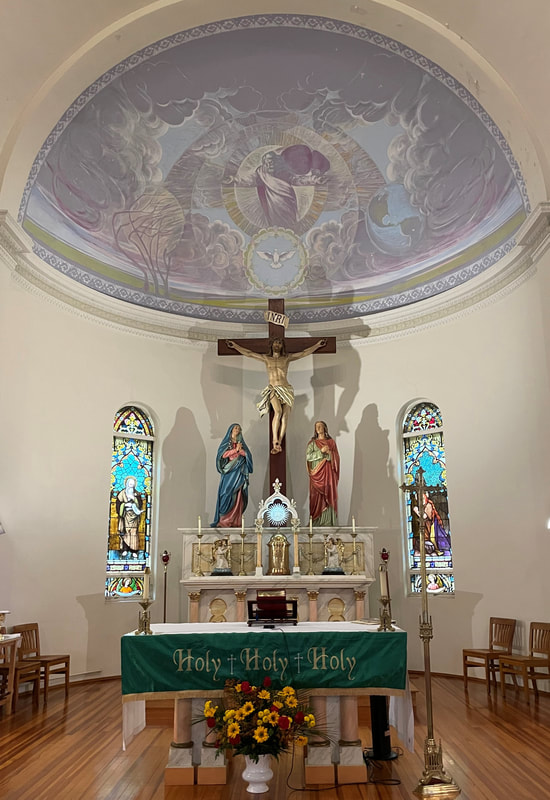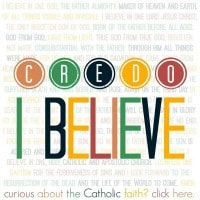|
Today, September 15, we celebrate the Feast of Our Lady of Sorrows. It is part of the genius of the Liturgical Calendar, in my opinion, that we take into account not just the joy but also the extreme sorrow Our Lady felt at different times in her life. We all know that sorrow and suffering will be part of our lives. Despite our best efforts to live well and make choices that will avoid suffering, we will never be able to escape it entirely. The feast of Our Lady of Sorrows reminds us of this simple fact. Although Mary is the Mother of God and was privileged in raising Jesus and being close to him his whole life, she was nevertheless not preserved from overwhelming suffering and sorrow. We note her sorrows, and, because of them, we know that she understands our own sorrows.
This is especially poignant this fall, as children go back to school. In my school district, students across the county are wearing “Uvalde Strong” shirts, to remember the 19 children and 2 adults who will not be returning. As a mother who watched her own son die slowly and painfully across the span of three hours, Mary knows firsthand the deep sorrow of those parents, grandparents, neighbors, teachers. Yet it is the story of Mary and her son, who died and then rose again, that gives hope to them and to us. Without Mary’s sorrow, we would not know Easter joy. I was reflecting on these thoughts last Sunday. I was out of town and happened to go to Mass, rather serendipitously, at a parish called Our Lady of Sorrows. Sitting in the quiet for a few minutes before Mass began, I noticed the lovely altar setting in the small church. High up in the alcove of the roof is painted a mural of God the Father, in the midst of creating in the heavenly realm, looking down with care and interest at the earth below. Directly under God the Father is a dove, representing the Holy Spirit. The mural, being painted, is two dimensional. But in a straight line beneath the Holy Spirit is a three-dimensional sculpture of Christ on the cross. It’s as if the second person of the Trinity leaps out of heaven onto the cross, becoming visible, incarnate, flesh. Standing beneath the cross are Our Lady of Sorrows on one side, and John the Beloved on the other. Under the feet of Christ is the tabernacle. Directly in front of the tabernacle is the altar, from which hangs an altar cloth proclaiming “Holy! Holy! Holy!” And the final piece of the puzzle is in front of the altar - the people who come to Mass, sit in the pews and participate in the story of salvation, beautifully represented through art. Here in front of me was the entire economy of salvation, the overcoming of death and destruction through the lavishness of the Trinity, the reason for our hope in the midst of sorrow. The Father who gives his Son, the Son who gives himself, the Spirit who assists, while the Mother looks on, distressed, suffering, but accepting. This drama is replayed every time we go to Mass, as the birth, death and resurrection of Christ is again made incarnate for us, under the form of bread and wine. Surely, in that moment, the suffering of Our Lady contributed to the overall holiness of the sacrifice. Her suffering was accepted as an offering. The prophet Jeremiah proclaims “‘I will turn their mourning into gladness; I will give them comfort and joy instead of sorrow…my people will be filled with my bounty,’ declares the Lord.” (Jer 31:13-14) The feast of Our Lady of Sorrows, coming the day after the feast of the Exaltation of the Cross, reminds us that although we suffer and are sorrowful now, our tears will eventually be turned into joy. From her post at the foot of the cross of her son, Mary shows us the way.
0 Comments
Leave a Reply. |
The BlogDisclaimer:
The images on this website are either my own or are used under the Creative Commons license. No images have been edited, shared, or adapted. A link to each work that I do not own is provided at the bottom of the page. CC License: Archives
March 2024
Categories
All
|




 RSS Feed
RSS Feed
